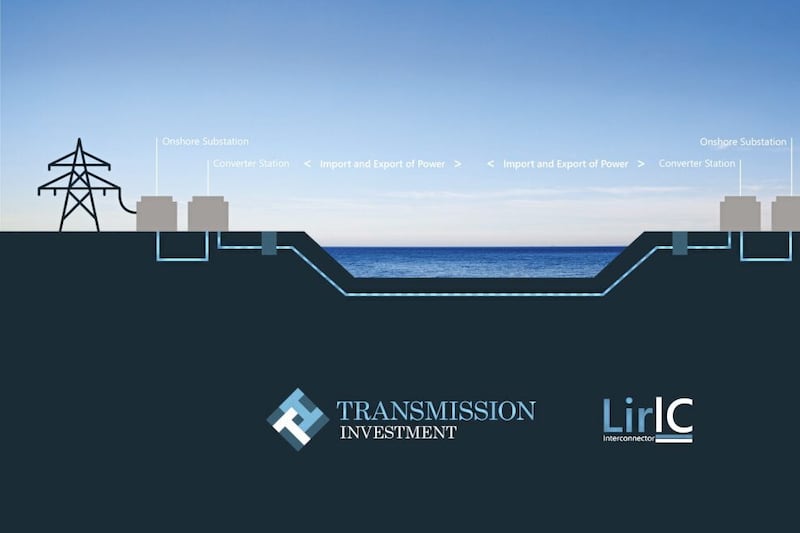Britain’s energy regulator Ofgem has approved a new 88-mile undersea link between Northern Ireland and Scotland and also a 118-mile connection between Dublin and Wales which it says will boost energy security and power millions of homes on both sides of the Irish Sea.
After sitting on both proposals for many months, it was feared the regulator might block one or both schemes, which represent a combined investment of close to £2 billion.
But Ofgem has granted transmission licences to five major new undersea links which it says will further harness the vast potential of North Sea wind, as well as boosting security of supply, have a positive impact on carbon emission reductions, and eventually bring down bills for consumers.
TI LirIC Ltd, a company wholly owned by Transmission Investment Holdings, is proposing to spend around £700 million to lay 142km of cable sub-sea between Kilroot and Hunterston, near Kilmarnock, and build two conversion stations, generating 700 megawatts.

The other proposal, called Mares Connect and backed by Foresight, is for a 190km sub-sea cable between Bodelwyddan in north Wales, and Dublin, which will deliver 750 megawatts of additional electricity capacity.
Akshay Kaul, director general for infrastructure at Ofgem, said: “We’ve carefully assessed all the proposed projects and only approved those ones which deliver for consumers in terms of value, viability and energy security.
“As we shift to a clean power system more reliant on intermittent wind and solar energy, these new connections will help harness the vast potential of the North Sea and play a key role in making our energy supply cheaper and less reliant on volatile foreign gas markets and associated price spikes.”
He added: “With Britain expected to become a net energy exporter in the 2030s, these connections will equip us with world leading technology to export more of our surplus clean power overseas.
“They will also provide greater access to energy imports, which together with domestic low carbon energy sources such as nuclear and biomass, will provide vital back-up energy sources when renewable generation is more limited here.”
Interconnectors are subsea high voltage cables connecting the UK’s electricity transmission network to European markets via point-to-point connection, allowing power to be both exported and imported.
This means rather than Britain having to pay generators to turn off, during times of excess generation here, British generators have the potential to instead export excess electricity overseas.
Conversely during times of less generation, they give more options for importing electricity from a range of markets.
Keith Morrison, project director for LirIC, said: “Transmission Investment are pleased with Ofgem’s announcement and its recognition of the benefits our project will bring to consumers in Great Britain and Northern Ireland.”
He added: “Transmission Investment now looks forward to continuing to work with all stakeholders to progress this strategically important interconnector project at pace. In the coming months we anticipate more important milestones including the completion of further regulatory licencing requirements.”








